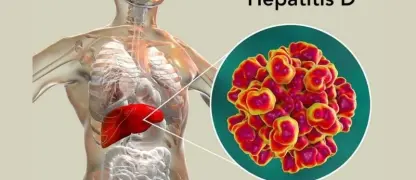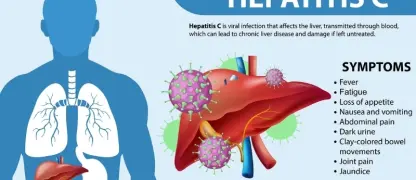causes, symptoms, and preventive measures is essential to protect yourself and your community.
What are the main causes of Venezuelan Hemorrhagic Fever?
- Venezuelan Hemorrhagic Fever is primarily caused by infection with the Guanarito virus, transmitted to humans through contact with infected rodents.
- Poor sanitation and close proximity to rodent populations increase the risk of contracting Venezuelan Hemorrhagic Fever in rural areas.
- Handling contaminated food, water, or surfaces can lead to the spread of the virus among communities in endemic regions.
Key symptoms of Venezuelan Hemorrhagic Fever to watch for
- High fever, severe fatigue, and muscle pain are common early indicators of Venezuelan Hemorrhagic Fever infection.
- Unexplained bleeding from the gums, nose, or under the skin may appear as the disease progresses.
- Gastrointestinal issues such as vomiting, diarrhea, and abdominal pain often accompany the viral infection.

>>>Explore now: Kyasanur Forest Disease causes symptoms and prevention tips
How can you prevent Venezuelan Hemorrhagic Fever effectively?
- Avoid contact with rodents and their droppings, and implement proper waste disposal in at-risk areas.
- Maintain good hygiene, including washing hands regularly and disinfecting surfaces to prevent viral transmission.
- Use protective clothing and take precautions when handling food or materials that may be contaminated with the virus.
>>>Explore now: Understanding argentine hemorrhagic fever symptoms early
Image description of Venezuelan Hemorrhagic Fever
Venezuelan Hemorrhagic Fever is a rare viral illness caused by the Guanarito virus, transmitted mainly through contact with infected rodents in rural Venezuela. Early recognition of symptoms is vital for proper care.
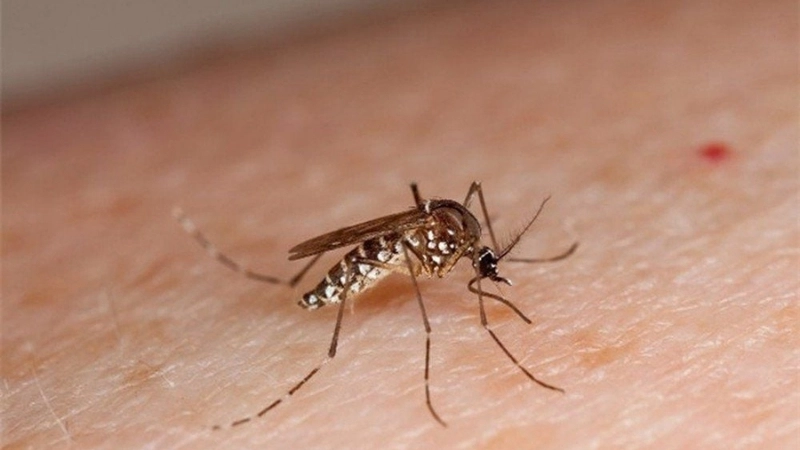


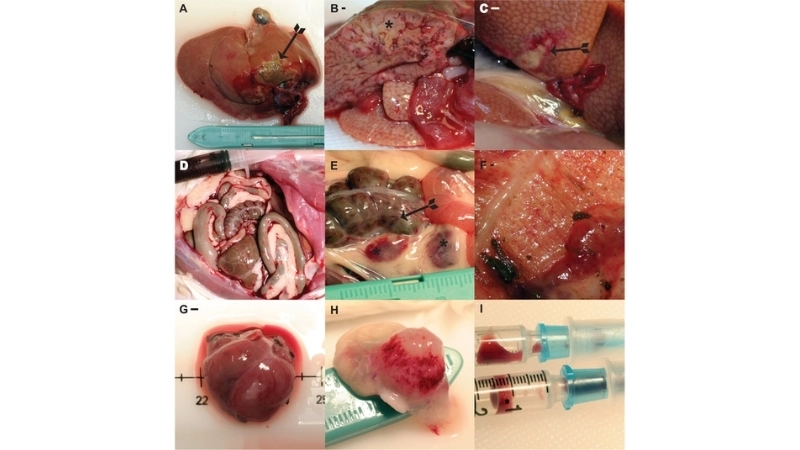
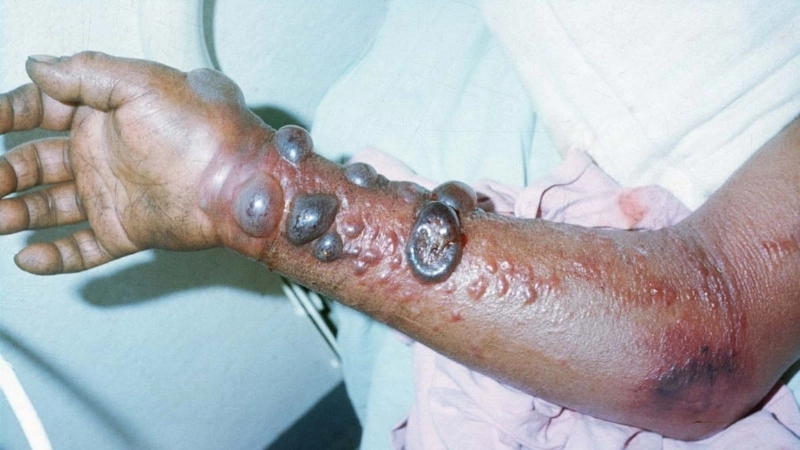

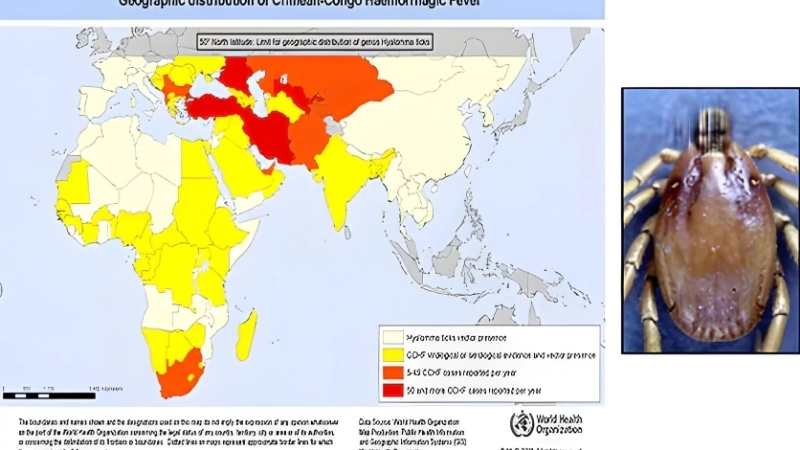

>>>Explore now: Symptoms and warning signs of Bolivian Hemorrhagic Fever
Awareness and timely action are crucial in combating Venezuelan Hemorrhagic Fever. Stay informed, follow safety guidelines, and consult healthcare professionals if symptoms appear.



